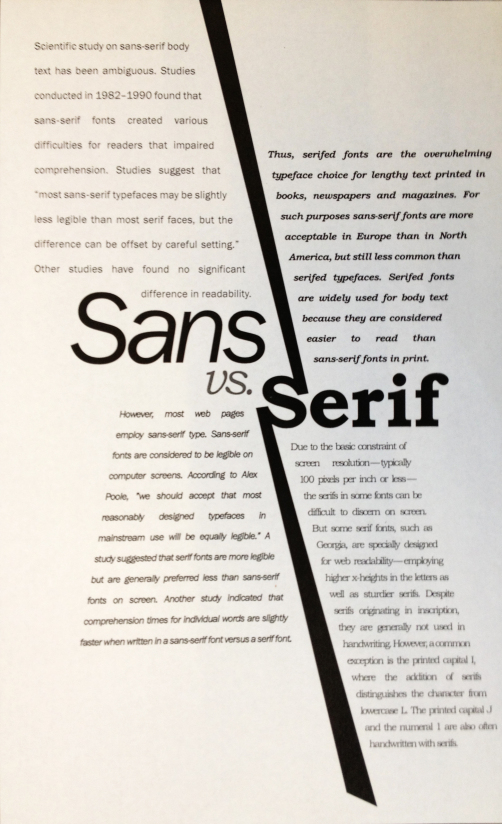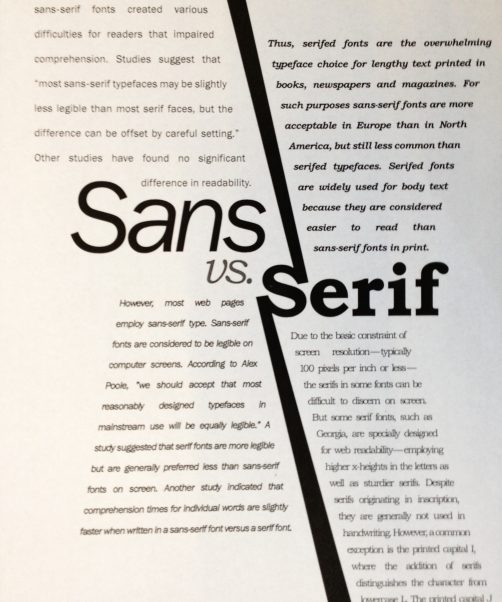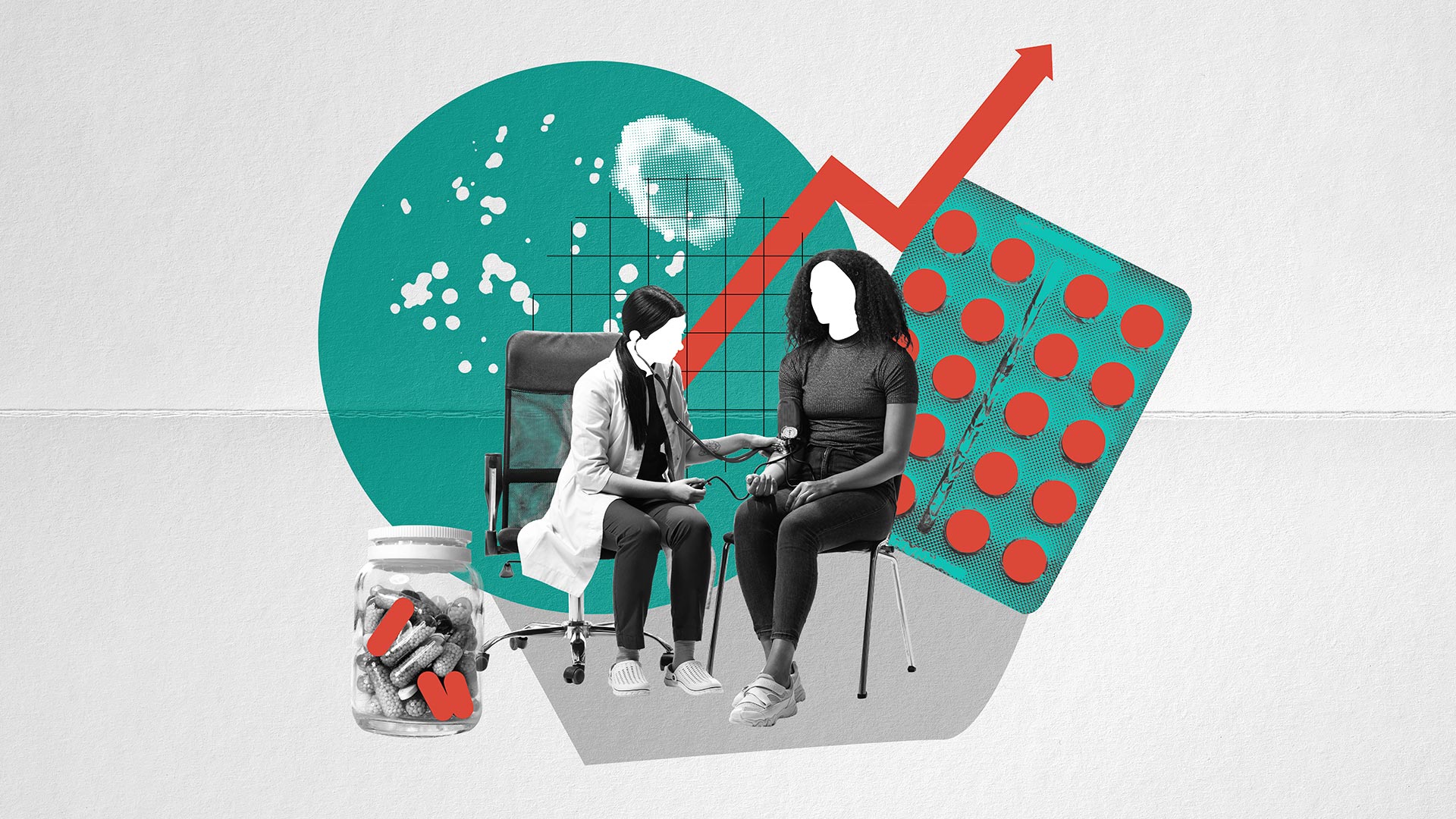
They aren’t sure what’s truly wrong with you…
This uncertainty seems to drag on endlessly.
For starters, you have a purple rash stretching from your neck to your wrists to your ankles that refuses to disappear beneath the military-strength ointments you must apply liberally. Additionally, some of your organs are not passing tests, failing you, and just generally underperforming. You spend a good portion of your one precious life in your online patient portal examining perplexing graphs of blood component levels you’ve never even heard of. The absolute lymphocytes are too low! The absolute monocytes are too high! The immature granulocytes are juuuuust right. When did your blood turn into Goldilocks and the Three Bears?
“Stay with your group,” you can recall your fourth-grade teacher saying on the museum trip — and you’d love to, truly, but it seems you’ve wandered off and now find yourself lost, gazing at the ruins of Pompeii while the others eat their bologna sandwiches in the cafeteria.
<p-On your way to the restroom, you come across your favorite doctor — the very one you are there to meet — and she embraces you and exclaims, “I was thrilled to see your name on my schedule!” Later, as you sit in your paper gown on her paper table, she’ll assert, convincingly, “We are on it,” despite the fact that they don’t fully comprehend what it is.
The phlebotomist in the black Pumas inquires about your flying-chipmunk tattoo, her eyes welling with tears as you share that your daughter has the same design. She and her mom have matching tattoos as well, and she rolls up her sleeve for you to see the heart in red ink on her bicep. “We’ve talked about this before, haven’t we?” she says, making you laugh, then asks, “Did I cry that time, too?” She did.
In the CT scan waiting area, a spirited, elderly man clad in multiple wool sweaters clinks his bottle of clear contrast solution against yours and proclaims, “Cheers, baby! To our health.”
Afterward, your husband gets your ticket stamped and holds you close in the parking garage elevator while you shed a few tears. Then he treats you to lunch at your favorite café in this hospital town — the spot with platters of Middle Eastern dips: garlicky tzatziki, earthy baba ganouj, and tangy, vibrant muhammara for scooping with warm, spice-dusted pita. Sometimes, as you sip your mint iced tea while seated there, the results start pinging into the portal, and he makes a yikes face to coax a laugh from you.
On your drive home, you reply to numerous messages from individual friends and groups, everyone checking in, showering you with heart emojis, offering to bring you soup, genuinely concerned about your well-being. If you hadn’t kept these appointments under wraps from them, your parents would call too, and you’d reassure them that you do intend to outlive them, though the chance that you won’t looms above you like a flickering lightbulb. Approaching 60, still, it might be that nobody will ever love you as much as those two. You cry into the cats’ fur about this, and the cats lick your salty face even if your tears lack a bit of magnesium.
In ten days, your daughter and her best friend — both living in your home like radiant beams of sunlight — will take it upon themselves to remove the biopsy stitches from the back of your shoulder after catching you attempting the task in the mirror of the medicine cabinet. They are science majors, hold lab jobs, are fearless and savvy, and they only burst out laughing when it’s clear the kitten has gnawed through the sanitized packaging of the suture-removal kit. “It’s fine,” you assure them, “just wash it with soap and water.” They opt for alcohol swabs instead. When you see their two perfect rosy faces leaning so carefully toward your injury, you begin to believe in something akin to the power of mystical healing.
Some days, yes, you still feel as if you’re wandering about alone, examining the ruins while everyone else enjoys lunch and observes irrigation dioramas. Yet, you are not alone, and no one will allow you to forget that. So lean in. Reach out. Let the ashes fall around you as you list your blessings.
Catherine Newman is the author of the novels We All Want Impossible Things, the New York Times-bestselling Sandwich, and the newly released Wreck — out today! — which she describes as “kind of like if this piece were transformed into a novel, but funnier, ideally.”
Thank you, Catherine. Congratulations on your latest novel. xoxo
P.S. Catherine Newman’s delightful house tour and her passion for cold plunging (“a sea of thigh and boob”).
(Photo by Nick Karvounis/Unsplash.)
Understanding Body Confusion
Body confusion, commonly mentioned in fitness and well-being discussions, is a concept centered on varying workout routines to prevent the body from becoming accustomed to a specific exercise schedule. The goal is to keep the body adaptable, thereby optimizing workout efficiency and fostering continuous enhancements in strength, endurance, and overall fitness.
### The Science Behind Body Confusion
The human body is remarkably capable of adapting. When subjected to a consistent exercise program, it evolves to become more proficient at executing those particular tasks, which can cause a halt in progress. This occurs because the body expends less energy and effort for activities it has grown accustomed to. Body confusion seeks to counter this by infusing variability into workouts, stimulating various muscle groups, enhancing neuromuscular coordination, and boosting cardiovascular fitness.
### Benefits of Body Confusion
1. **Prevents Plateaus**: By consistently altering workouts, body confusion helps avert stagnation in progress. This guarantees ongoing improvements in physical performance and fitness levels.
2. **Enhances Muscle Growth**: Diverse exercises engage different muscle fibers. By varying workouts, you can activate a broader range of muscle fibers, encouraging hypertrophy and strength development.
3. **Improves Motivation**: Monotony can lead to disinterest. Body confusion keeps workouts captivating and engaging, aiding in the retention of motivation and adherence to a fitness regimen.
4. **Increases Caloric Burn**: Fresh and varied exercises can challenge the body differently, often resulting in heightened energy expenditure and enhanced weight management.
5. **Reduces Risk of Injury**: By avoiding the repetition of the same muscle groups too frequently, body confusion can contribute to decreased risk of overuse injuries.
### Implementing Body Confusion
To effectively weave body confusion into your fitness regimen, consider the following tactics:
– **Variety in Exercises**: Regularly change up the exercises you engage in. For instance, if you usually run for cardio, experiment with cycling or swimming.
– **Alter Intensity and Volume**: Adjust the intensity (e.g., light, moderate, high) and volume (e.g., sets, reps, duration) of your workouts to continually challenge your body.
– **Incorporate Various Training Modalities**: Blend strength training, cardiovascular workouts, flexibility exercises, and balance training to ensure a well-rounded approach.
– **Periodization**: Structure your training in phases, emphasizing different goals such as strength, endurance, or power during each cycle.
### Conclusion
Body confusion is an essential strategy for anyone aiming to enhance their fitness routine. By keeping the body on its toes, you can avoid plateaus, promote muscle growth, and sustain motivation. Whether you’re an experienced athlete or a fitness beginner, integrating elements of body confusion into your workouts can lead to significant advancements in your overall health and performance.




